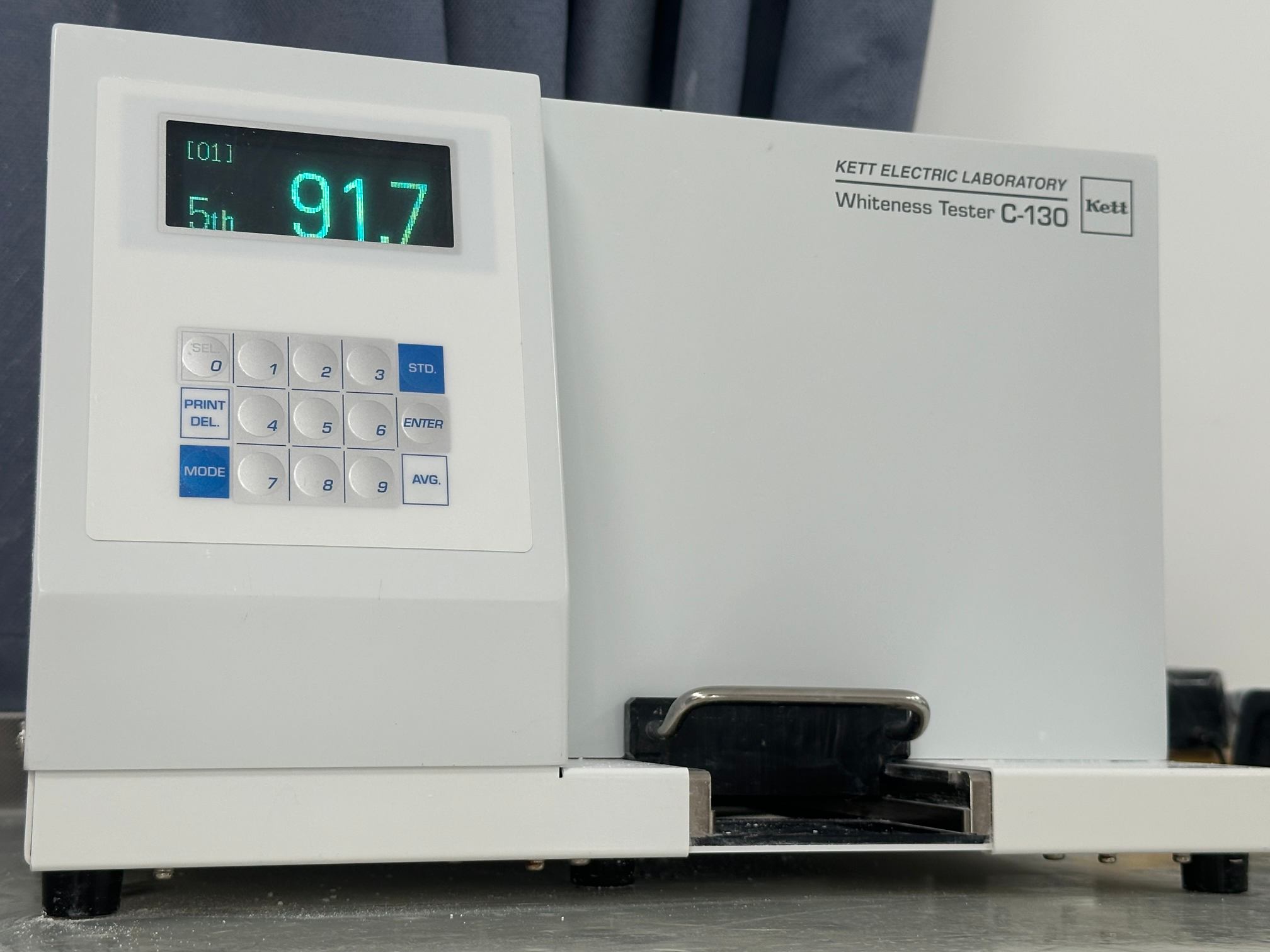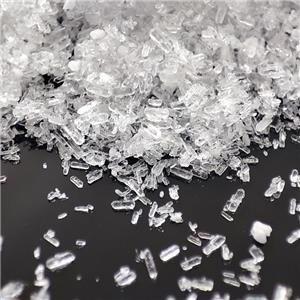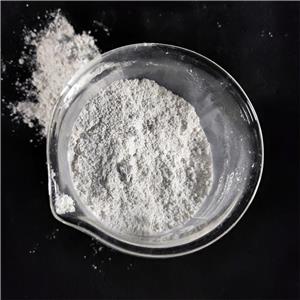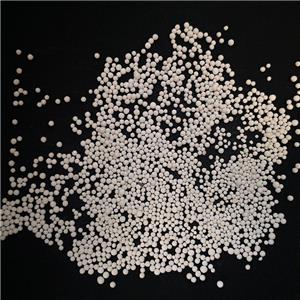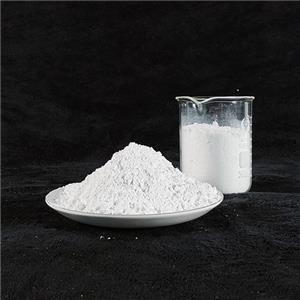What is wet whiteness?
Talc is a white, finely crystalline powder. Its unique physical and chemical properties have led to its widespread use in various fields, including plastics and cosmetics. Among the many indicators used to evaluate talc powder quality, "wet whiteness" is a key parameter, significantly impacting the final product performance. So, what is talc powder's "wet whiteness"? What factors influence it? Why is it so important? And what methods can be used to improve this indicator?
1. What is talc powder's "wet whiteness"?
Talc powder whiteness can be defined in two broad and narrow senses. Narrow whiteness refers to the conventional whiteness of a powder, while broad whiteness encompasses multiple dimensions, including dry whiteness, wet whiteness, and hue.
Wet whiteness specifically refers to the whiteness value measured after uniformly mixing talc with an appropriate amount of DMP (dimethyl phthalate). This indicator simulates the whiteness of talc powder in a wet state or in specific application environments (such as plastics processing or cosmetic formulations), and more accurately reflects its visual effect in actual use.
2. Factors Affecting Talc Powder Wet Whiteness
Purity
Talc powder purity is the core factor affecting wet whiteness. Impurities (such as iron compounds and organic matter) can significantly reduce whiteness. High-purity talc generally exhibits superior wet whiteness performance.
Particle Size and Distribution
Finer and more evenly distributed particles generally result in higher wet whiteness. Fine particles have a larger surface area, which helps evenly scatter light, thereby enhancing visual whiteness and making them easier to disperse in the matrix.
Moisture Content
Moisture can significantly reduce the wet whiteness of talc powder. Improper humidity control during production and storage can introduce excess moisture, affecting the final wet whiteness value.
DMP Amount and Dispersion
DMP, as a medium for wet whiteness measurement, affects the dispersion of talc powder. An appropriate amount of DMP can help evenly wet the powder and reduce agglomeration, thereby accurately displaying its whiteness. However, an excessive amount may cause compatibility issues and interfere with the measurement results.
Liaoning Victory Fire-Retardant Material Technology Co., Ltd.'s Talc Powder is sourced from carefully selected high-quality talc ore, ground using modern precision technology and rigorously purified through multiple stages, resulting in a powder with a fine texture, high whiteness, and exceptional purity.
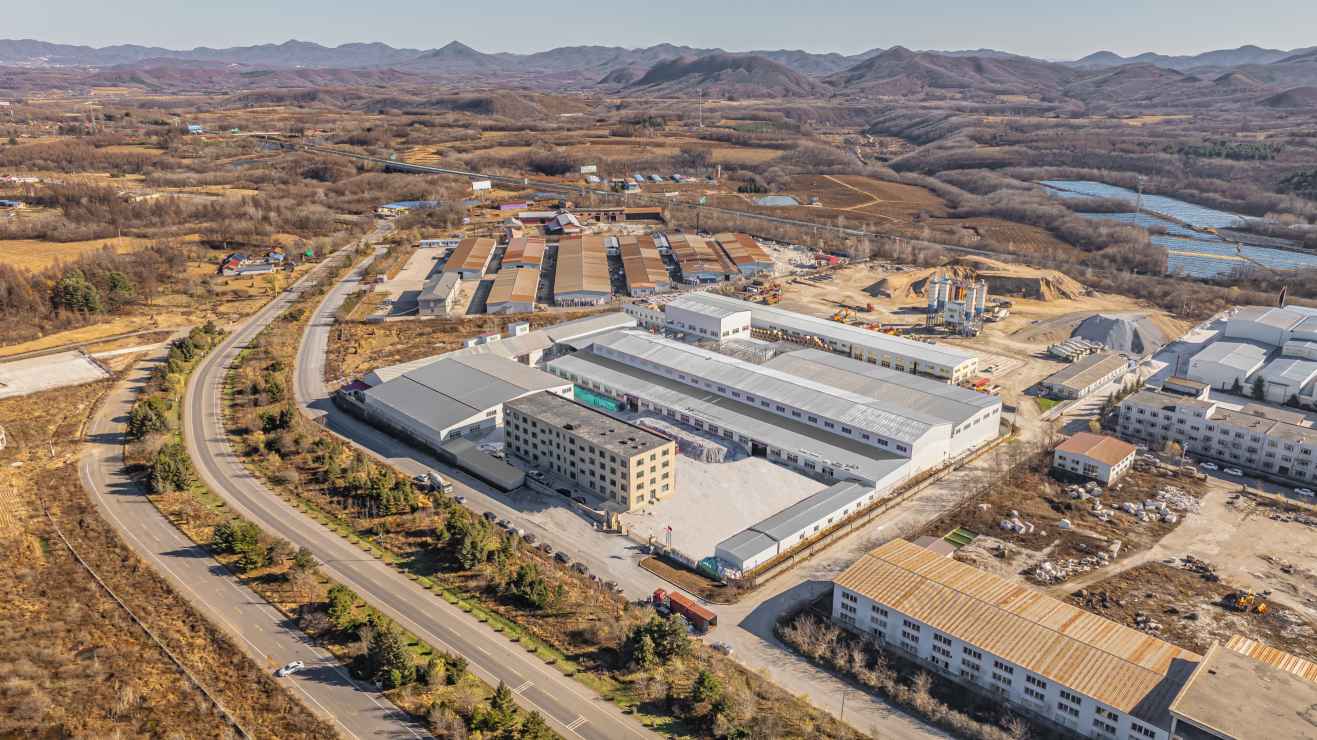
Reasons to Choose Us:
Source Control:Strict ore screening ensures pure raw materials with low impurities.
Advanced Processing:Ultra-fine grinding and classification technologies are used to precisely control particle size distribution.
Stable Quality:Fully automated production ensures high consistency and reliability in every batch.
Customization:We offer customized product solutions with varying specifications (particle size, whiteness, etc.) tailored to your needs.

